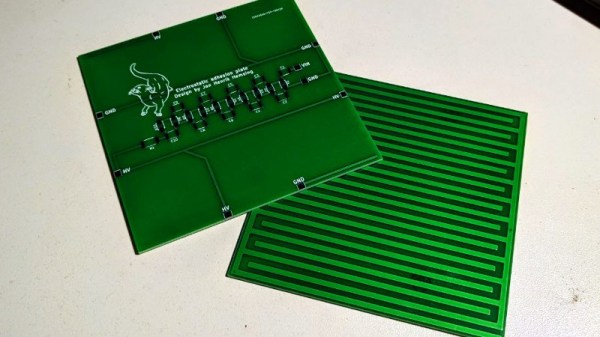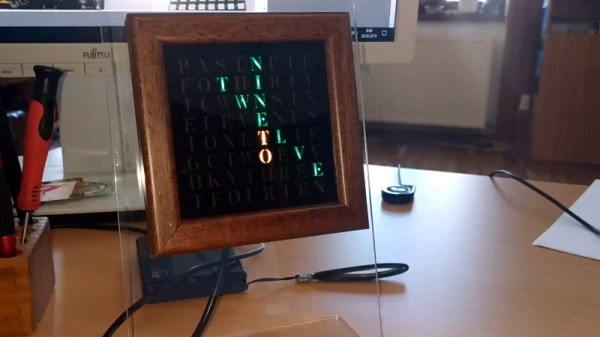Hackaday would like to invite you to a Mini Unconference on Saturday 16th of March, hosted by our friends at Cambridge Makespace, UK.
One of our most successful engagements with our community over the years here at Hackaday has been the Unconference. A group of you our readers join us for a while and deliver a series of 8-minute lightning talks about what is on their mind. This could be a project, a trend, a technological discovery, or whatever, and they combine to form a fascinating cross-section of the state of our world at any given time. Delivering a talk isn’t essential so don’t worry if you’re shy, but we hope that many of you will have something to share.
This is a mini unconference since we have room for only about fifty or so people in a more intimate venue. Cambridge Makespace is a successful hackerspace in the British university city, and they have been so kind as to host the event for us in their classroom. We’ll convene after lunch and have two afternoon sessions with a break for coffee and snacks, and finish up by getting some pizzas in before heading out to enjoy what Cambridge has to offer. Places are limited, so if you know you are going to be able to make it to Cambridge, sign up without delay.



















